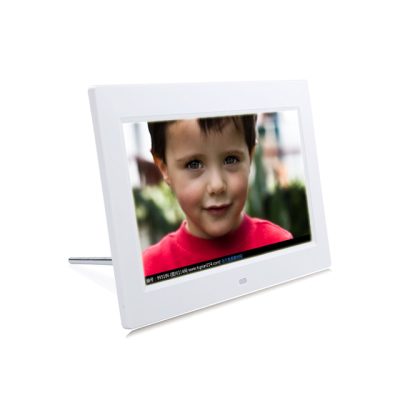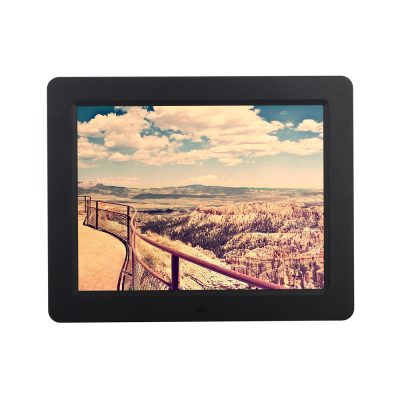Both touch screen and voice control technologies offer unique advantages and are used in various applications depending on user preferences, context, and specific use cases. Here’s a comparison of touch screen and voice control in terms of their characteristics, advantages, and limitations:
Touch Screen:
- Input Method: Users interact with touch screens by physically touching the screen with their fingers or a stylus. It provides a tactile and visual interface.
- Advantages:
- Precise and direct input: Touch screens offer accurate and immediate control over on-screen elements.
- Intuitive: They are easy to understand and use, making them accessible to a wide range of users.
- Privacy: Interactions are private, as they do not require vocal communication.
- Ideal for visual tasks: Touch screens excel in applications where users need to see and manipulate visual content, such as smartphones, tablets, and graphic design.
- Limitations:
- Limited in hands-free scenarios: Touch screens require physical contact, which can be impractical or unsafe in certain situations, such as when driving.
- Not suitable for voice-only tasks: Tasks like dictating long texts are less efficient with touch screens.
- Limited accessibility for some users: People with certain disabilities may find touch screens less accessible.
Voice Control:
- Input Method: Voice control allows users to interact with devices and applications using spoken commands and natural language.
- Advantages:
- Hands-free operation: Voice control is well-suited for situations where hands-free operation is crucial, such as while driving or cooking.
- Accessibility: It can be more accessible for individuals with mobility impairments or certain disabilities.
- Multitasking: Users can perform voice-based tasks while engaged in other activities.
- Convenience: It can be faster for certain tasks, such as setting reminders or searching the web.
- Limitations:
- Requires vocal communication: Voice control may not be appropriate or comfortable in quiet or public settings, or when privacy is a concern.
- Limited precision: It may not be as precise as touch screens, especially in noisy environments or for complex tasks.
- Language and accent limitations: Voice recognition technology may struggle with different languages, accents, or dialects, potentially leading to misinterpretation.
- Lack of visual feedback: Users do not have a visual interface, which can make it challenging to verify or correct commands.
Use Cases and Considerations:
- Context: The choice between touch screen and voice control often depends on the context. For example, in a car, voice control may be safer and more convenient, while a smartphone benefits from both touch screen and voice capabilities.
- Task Complexity: For complex tasks that require precision and visual feedback, touch screens are often preferred. For simple, hands-free tasks or when multitasking, voice control can be advantageous.
- Accessibility: Consider the needs of users with disabilities. Voice control may provide better accessibility for those with mobility issues, while touch screens may be more accessible for those with hearing impairments.
- Privacy: In situations where privacy is important, such as entering a PIN or password, touch screens may be preferred. Voice control may raise concerns about unintentional activation or eavesdropping.
Ultimately, the choice between touch screen and voice control depends on the specific application, user preferences, and the intended use case. In many scenarios, a combination of both technologies, along with other input methods, provides the most versatile and user-friendly experience.















